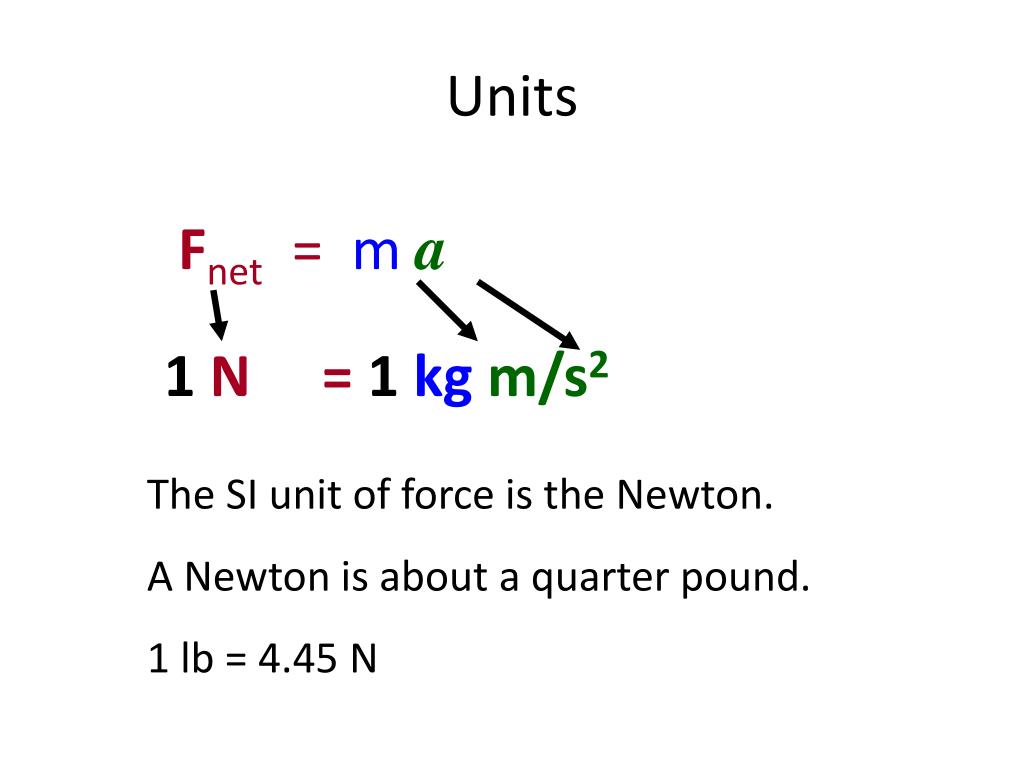



Newton’s second law of motion is used to derive one newton. Newton is the unit to measure the force required to accelerate an object of 1kg of mass. Kg is the unit of a mass where kg equals 1000 grams of mass of an object Kg and Newton are also forms of units of measurement We want to convert 40N into Kg, to do that divide the above expression by acceleration due to gravity, i.e., divide by 9.81 m/s 2Įvery object has a unit of measurement, which measure in different ways and forms Therefore, the mass in kg of an object that weighs about 40N is 4.077.Īn alternative method for calculating the mass of an object whose weight is given is as follows: We are asked to find the mass of the object.įrom the relation between Kg and Newton we have, The mass in Kg of an object that Weighs about 40N.Īns: Given that weight of the object is 40N. Similarly, If the question demands for 1 kg wt is equal to how many newtons? (Which is in terms of gravitational force) Then also the answer is either 9.8N or 9.81N or 10N because the value of acceleration due to gravity is considered depending upon the convenience.ġ. Therefore, 1 newton is equal to how much Kg or 1 kg how many newtons? The answer is 9.81N. Let us assume that a 1Kg mass is dropped from a height above ground level with an initial velocity zero then the force experienced by the object is,įrom the discussion of the relation between Kg and Newton, we have concluded that they are directly proportional to each other. Now we can give a relation between newton and kg by analyzing how many Kg in one Newton.
#NEWTON UNIT WEIGHT UNIT FREE#
While free fall the object will experience a force and the force experienced is known as Weight of the body/object and mathematically is given by:

When an object is dropped from a certain height above the ground level, it will experience a force purely due to the acceleration due to gravity. So, we can give a relation for the two units, saying conversion of them will be the wrong term. Conversion of units can be done for two identical scales but not for two different physical scales. We can not convert Kg to Newton, because Newton is a unit of Force whereas Kg is the unit of mass respectively. If the object an action-heavy, then the force required will also be more. If the object under consideration is having negligible mass or considerably less mass then the force required in Newton will also be very less. Mathematically we can describe one Newton by using Newton’s second law of motion,įrom the above expression, Newton is directly proportional to Kg. Dyne is the unit of Force in the CGS system. In the CGS system, 1N is equal to 10 5 Dyne. It is defined as the force required to accelerate an object of the mass of 1 kilogram (1kg) by 1m/s 2 in the direction of applied force. The kilogram is one of the basic units of metric systems. The Abbreviation of Kilogram is Kg.ġ Kilogram is nearly equal to 1000grams. (Fundamental units are the units that are independent quantities, all other units are derived from them). There are seven fundamental units in physics, Kg is one of them. In this article, we try to explain to students the concept with great simplicity and clarity making the students grasp the knowledge with ease. To arrive at a mathematical description for the relation between Kg and Newton, let us discuss the definition of Kg and Newton respectively. Thus we can say Newton and Kg are also directly proportional to each other, thus if we encounter any change in the unit of force in Newton it will result in a change in the unit of mass in Kg keeping the acceleration constant. According to Newton’s Second law of motion, force is directly proportional to the mass of the object on which force has been exerted. Newton is the SI unit of force and kg is the unit of mass. Every unit can be related to one another by performing unit conversions without violating the laws of physics and laws of nature. In Physics, every physical entity can be measured in different ways.


 0 kommentar(er)
0 kommentar(er)
